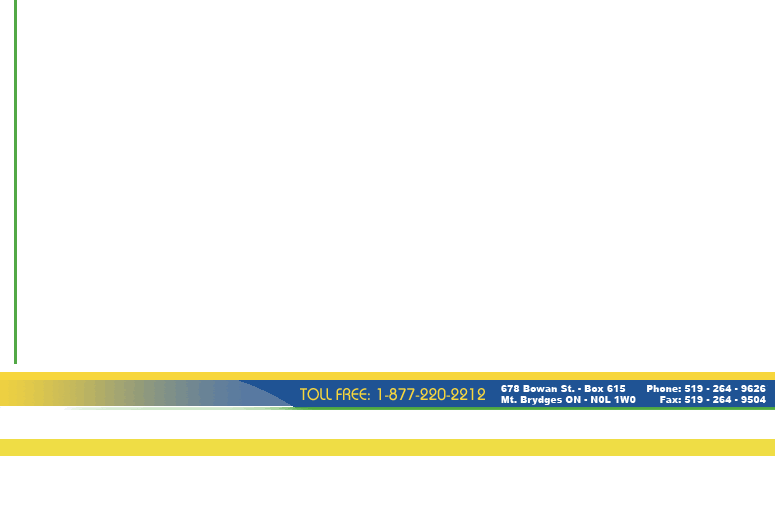Maximum
Swine
Marketing Ltd. Newsletter
Hog Commentary for
March 7th, 2006
Hog
Markets
Regional cash hog prices performed well beginning lower and
then gaining value into the end of the week. National cash prices
were slightly lower for the week due to the lag and lower spot
prices early. The ISM region posted cash bids of $2.50 US per
cwt over a week earlier with the national average losing $1.04
US per cwt. Impressive moves in the cutout (up $2.58/cwt) have
not been closely followed by the cash market and packers have
had the ability to widen their margins. Slaughter had been running
slightly below last year levels but came in this week slightly
higher at 1.971 million. Although slaughter was slightly higher,
disease issues in major hog producing regions of Canada and
the Midwest have been identified and packers are reporting some
tightness in specific regions. Weights still remain high when
compared to historical data but have fallen from 273.8lbs in
the first week of January to 269.5lbs last week, which also
marks the first time that they came in below 270lbs. Lean
hog futures continue to struggle as traders seem reluctant to
put any value into the market. Basis (LH-ISM) is currently -0.08,
which is classified as inverted. Normal basis for this time
of the year is +4.00, which provides evidence that the current
lean hog future market is severely undervalued. For the week
Apr was down 135 points, Jun was down 55 points but Jul, Aug,
Oct, and Dec contracts ended the week 12, 40, 55, and 43 points
higher respectively. The nearby contracts are being undervalued
as traders feel that cheap domestic poultry at the retail level
in the US will eventually pull down pork prices. Cheap poultry
in the US market has been caused by the back up in poultry exports
due to the spread of Avian Flu in Asia, Europe, the Middle East,
and Africa.
Feed Markets
Numerous reports of bird flu spreading across Europe, Asia and
Africa in the past week have lowered soymeal demand projections
and pressured the nearby contract to its lowest level since
late Nov 2005. Fundamentally the soy complex is weak given the
poor demand outlook, large soybean ending stock projections
and large production slated for South America and the upcoming
crop in the US. Ending stocks in the US are currently pegged
at 505 million bushels resulting in a stocks-to-use ratio of
17.8% and may see further adjustments higher in Friday’s
USDA Supply/Demand report. Recent rains across the Midwest contributed
to the weak tone as planting conditions improved substantially
given a dry start to the year.
Aggressive long liquidation sent corn futures 5-6 cents lower
on Monday accounting for all of the downside seen in the past
week. Investment by commodity index funds over the past month
appreciated the price of corn for 2006 however traders noted
than a technical correction was needed given the steady climb
higher since the middle of January. Bird flu related demand
concerns and a drop off in weekly export numbers added to the
negative tone to start this week. Hog producers who have been
affected by the recent tariff placed on US origin feed corn
will have to wait until the middle of April to get a more clear
picture of the long-term effects on the market.

